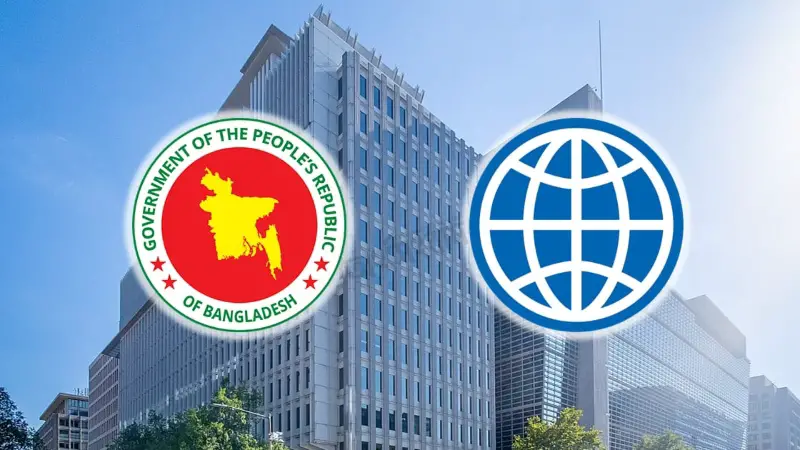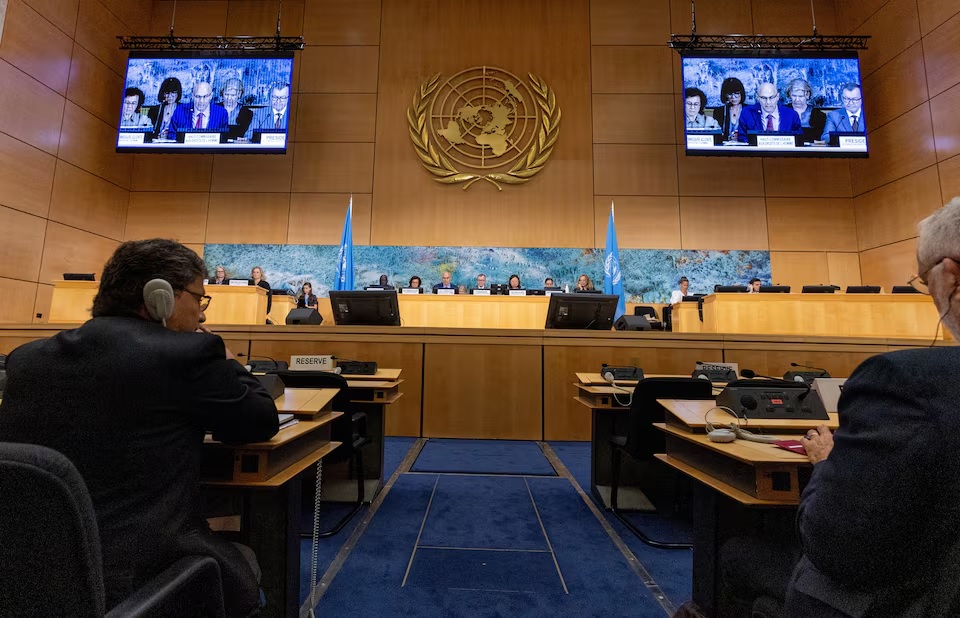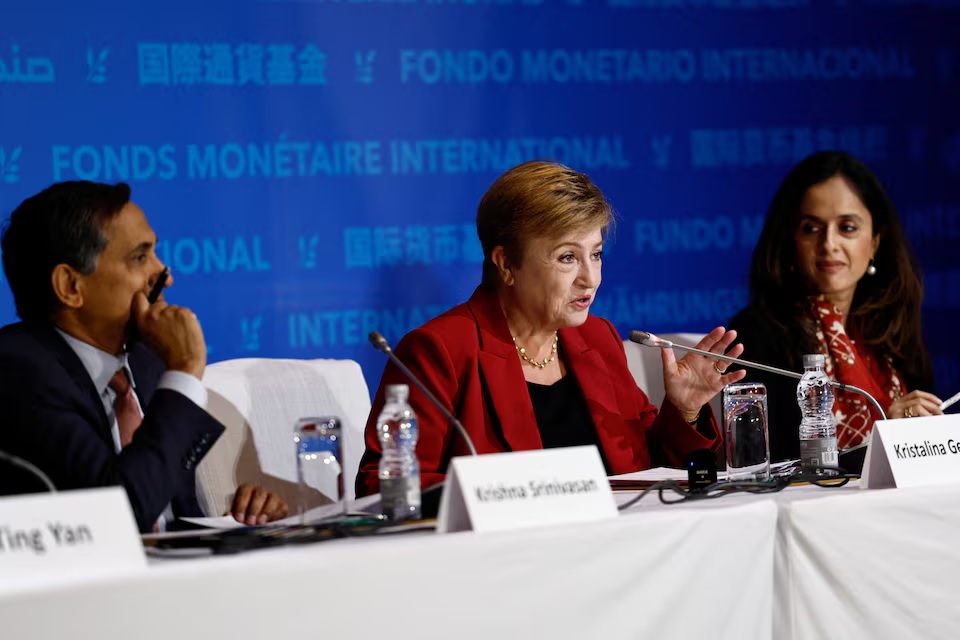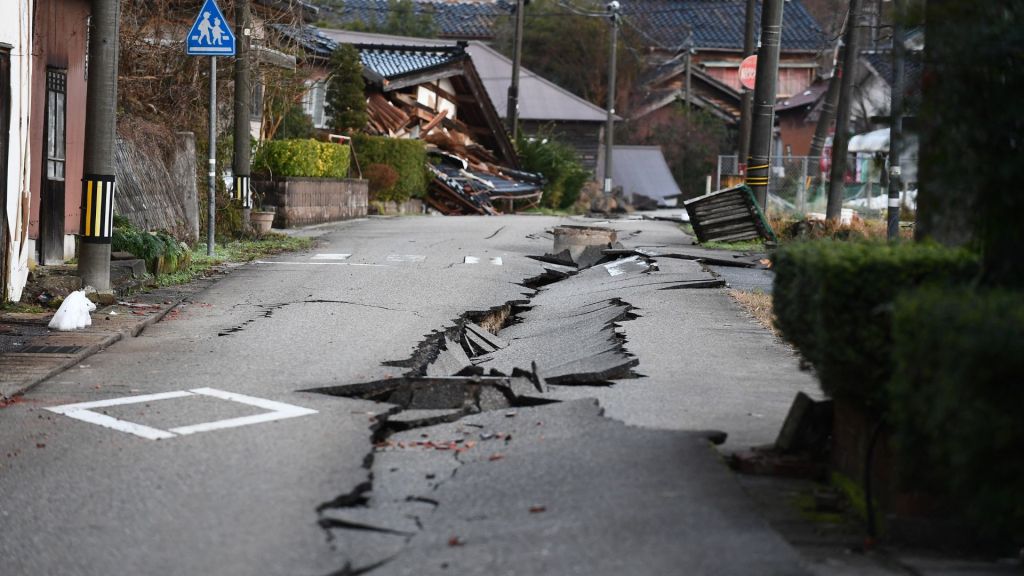Ominous Signal for Bangladesh’s Economy — World Bank Projects GDP Growth of Only 3.3 Percent

Dhaka, 11 June 2025 — The World Bank’s latest Bangladesh Development Update and Macro-Poverty Outlook forecast that real GDP growth in Bangladesh will stall at 3.3 percent when the 2024-25 fiscal year ends. That would be the lowest rate in two decades; growth had already slipped to 4.2 percent in 2023-24, after topping five percent the year before.
Why Has Growth Slowed?
According to the Bank’s analysis, both private and public investment have sagged at the same time. Political uncertainty and high lending rates have sapped entrepreneurs’ appetite for risk, while a persistent dollar shortage has pushed up import costs and raised the price of production inputs. To plug revenue shortfalls, the government has pared back large infrastructure projects, leaving construction-related industries idling. The combined effect has hit exports hardest: alongside weaker global demand, volatile raw-material prices have kept garment earnings far below expectations.
The Broader Economic Picture
Beyond the slowdown in headline growth, inflation is worsening. The World Bank estimates that twelve-month average inflation could brush 10 percent this fiscal year — a strain that falls heaviest on low-income households. Inflationary pressure is forcing Bangladesh Bank to defend reserves, yet measures to protect the reserve position are tightening the supply of dollars still further. This “vicious circle” is cooling both investment and consumer spending.
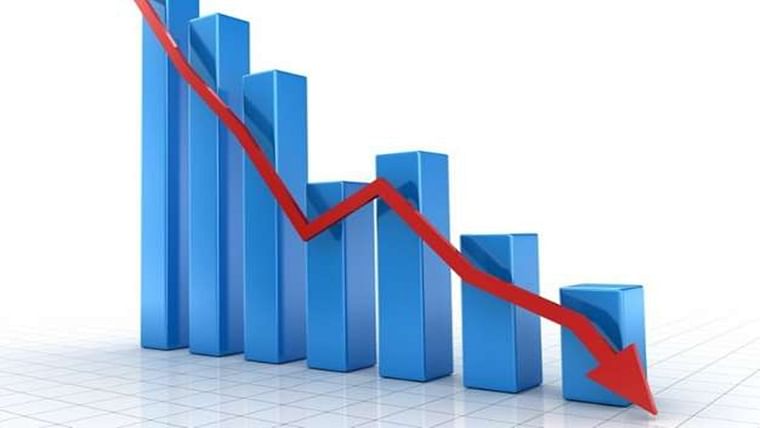
At the same time, the Macro-Poverty Outlook warns that extreme-poverty incidence could climb to 9.3 percent in 2024-25, up from 7.7 percent last year. That would push nearly three million more people below the poverty line in a single leap.
Reform Recommendations and Potential Upside
Front and centre in the World Bank’s advice is revenue mobilisation: tax collections now amount to less than eight percent of GDP — the lowest in South Asia. The Bank argues that VAT reform, digital tax-return systems, and wider coverage could double that ratio within two years and restore confidence in long-term investment. It also calls for strict supervision to cut non-performing loans and bring transparency to banking.
Export diversification is flagged as essential for sustainable future growth. The Bank recommends expanding cash incentives and skills-training programmes for ICT services, pharmaceuticals, and agro-processed goods. Internally, its models suggest that lifting female labour-force participation from 38 percent to 48 percent could add nearly one percentage point to annual GDP growth.
Medium-Term Outlook
There is some relief amid the pressure. In April, Bangladesh and the World Bank signed two agreements worth US $850 million to develop a Bay Terminal in Chattogram and strengthen social protection. Experts say once the port-related project comes on line, 36 percent of the country’s container traffic will move through a modern channel, cutting costs and transit times for both exports and imports — a boost that could accelerate growth in the medium term.
If structural reforms are implemented quickly, the World Bank projects that growth could return to the five-percent range as early as 2025-26. But the institution is clear: unless Bangladesh simultaneously breaks its export dependence on garments, reins in inflation, and restores business confidence, high growth could again slip out of reach.
A GDP figure crawling at 3.3 percent is more than a statistical setback; it signals the cumulative weight of prolonged investment lethargy, export-sector strain, and relentless inflation. The World Bank’s message is blunt: without stronger tax collection and banking reform, diversified exports, and greater female employment, the slowdown will persist. Entrepreneur-friendly policies, transparent financial oversight, and broader social protection must form a solid tripod; only then can Bangladesh regain momentum — otherwise the 3.3 percent warning may cast a long shadow over the country’s future.


